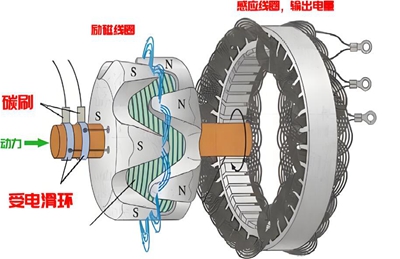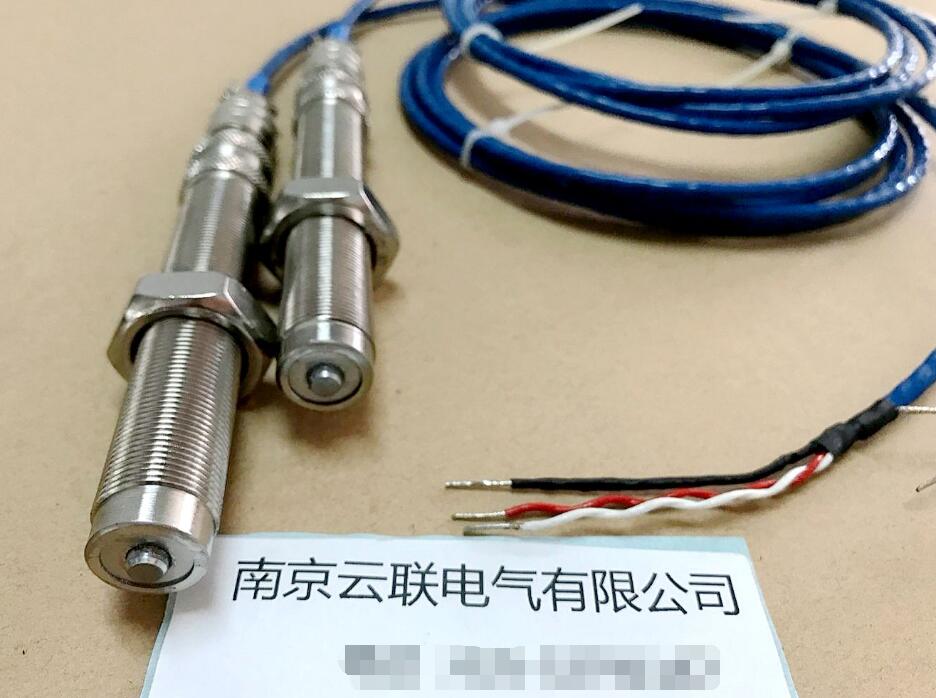
Telephone
025-52791167,52791168
13390905858
13390905858

Abnormal resistance value fault and solution of resistance transmitter
Resistance transmitter, as an important sensing element, has a wide range of applications in various fields such as industrial automation and electronic equipment. However, in actual use, it may also experience various malfunctions that affect the normal operation of the equipment. Understanding these common faults and their solutions is crucial for ensuring the stable operation of equipment.
1、 Abnormal resistance fault
The core function of a resistor transmitter is to transmit signals through changes in resistance values. When abnormal resistance values occur, it may lead to signal transmission errors, which in turn affect the control and monitoring of the equipment.
The reason for the abnormal resistance value may be the damage of the resistance element itself. Long term use, excessive temperature, overvoltage, and other factors can all cause changes in the physical structure of resistance components, resulting in resistance values deviating from the normal range. In addition, poor pin connections of resistor transmitters can also cause inaccurate measurement of resistance values. Problems such as virtual soldering and oxidation can increase the contact resistance between pins and circuit boards, affecting the measurement of resistance values.
In case of damage to the resistance element, it is necessary to replace it with a new one. When replacing, ensure that the specifications of the new resistor are consistent with the original resistor, including resistance value, power, etc. For the problem of poor pin connections, the pins can be re soldered to remove the oxide layer and ensure good contact between the pins and the circuit board.
2、 Signal output instability fault
When the resistor transmitter is working normally, it should be able to output a stable signal. But sometimes there may be unstable signal output, manifested as signal fluctuations, jumps, etc.
One reason for unstable signal output is external interference. In industrial environments, there are various sources of electromagnetic interference, such as motors, frequency converters, etc. These interference sources will generate electromagnetic waves, affecting the signal transmission of the resistor transmitter. In addition, the instability of the power supply voltage can also lead to unstable signal output. If the power supply voltage fluctuates greatly, the working state of the resistor transmitter will also be affected.
To solve the problem of external interference, the resistor transmitter can be shielded by using shielded wires to transmit signals and reduce the impact of external electromagnetic interference. Meanwhile, in circuit design, filtering circuits can be added to remove high-frequency interference signals. For the problem of unstable power supply voltage, a regulated power supply can be used to ensure the stable working voltage of the resistor transmitter.
3、 The transmitter has no signal output fault
When the resistor transmitter has no signal output, the device will not be able to obtain relevant information, resulting in the inability of the device to operate normally.
The reason for the lack of signal output may be due to an open circuit in the transmitter circuit. Wires, solder joints, and other parts on the circuit board may experience open circuits due to aging, damage, and other reasons. In addition, damage to the internal chip of the transmitter can also result in no signal output. The chip is the core control component of the resistor transmitter. If the chip is damaged, the transmitter will not function properly.
For the problem of circuit breakage, tools such as multimeters can be used to detect the circuit, identify the location of the breakage, and repair it. In case of chip damage, a new chip needs to be replaced. When replacing a chip, pay attention to the model and specifications of the chip to ensure compatibility between the new chip and the original chip.
4、 Transmitter response delay fault
The response speed of a resistor transmitter is crucial for real-time control of the equipment. If the transmitter shows slow response, it will affect the control accuracy and efficiency of the equipment.
The reason for slow response may be due to changes in the internal circuit parameters of the transmitter. For example, changes in the parameters of components such as capacitors and inductors can affect the response speed of the transmitter. In addition, software program issues with the transmitter can also lead to slow response. Algorithm errors, logical confusion, and other issues in the program may affect the running speed of the transmitter.
For the issue of changes in internal circuit parameters, it is necessary to debug the circuit and adjust the parameters of components such as capacitors and inductors to restore them to normal. For software program issues, it is necessary to inspect and modify the program, fix algorithm errors and logical confusion, and improve the response speed of the transmitter.
Various faults may occur during the use of the resistor transmitter. By analyzing and solving these common faults, the normal operation of the resistor transmitter can be ensured, and the reliability and stability of the equipment can be improved.

telephone:025-52791167,52791168
Fax:025-52791169
Phone :13390905858
mailbox:njxj888@163.com skype:yluedq
Address:Jiangning Shuanglong Avenue No.1222 Nanjing, Jiangsu. China P.O. 211100